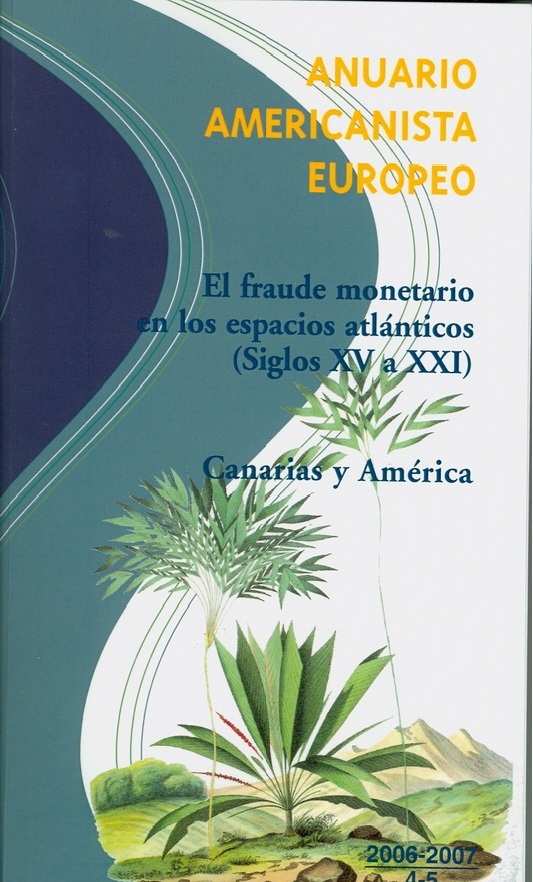Production–consumption–release of trace metal elements, the urban proxies of the palaeo-anthropocene
Résumé
T h e image of the city in contemporary society has been viewed as the epitome of the Anthropocene epoch, during which damage to Earth system processes, the environment and human health have increased signifi cantly since the mid-20th century (i.e., the ’Great Acceleration’). However, the dynamics driving the emergence, development and growth of cities have taken place over several millennia, and especially since the 1st millennium BCE when urbanization rates surged. Was environmental harm already perceptible in the earliest times of urban growth? And how can we detect it? T h is chapter aims to address the hypothesis that the tripartite linkage between the production, consumption and release of trace metal elements (TME) could be used as a signature of the urban palaeo-anthropocene. Rather than a defi ned period of time, the palaeo-anthropocene could instead be seen as a conceptual framework in which the emergence and growth of urban societies are one of the key elements for understanding human exploration/expansion and landscape anthropization over a long time scale. Based on a non exhaustive overview of TME palaeo-pollution records from palaeo-environmental archives from Western Europe, South America and the circum-Mediterranean region, we fi nd that the evidence converges on a relationship between the nature of the environmental archives investigated, the spatial extent of the palaeo-pollution signals, and diff erent forms of anthropization. High-altitude and high latitude natural archives (i.e., glaciers, peatlands, and lakes) record the history of mining-driven atmospheric pollution from local to hemispheric scale, while contaminated coastal sedimentary infi lling of ancient harbor basins documents long-term urban dynamics
| Origine | Accord explicite pour ce dépôt |
|---|

